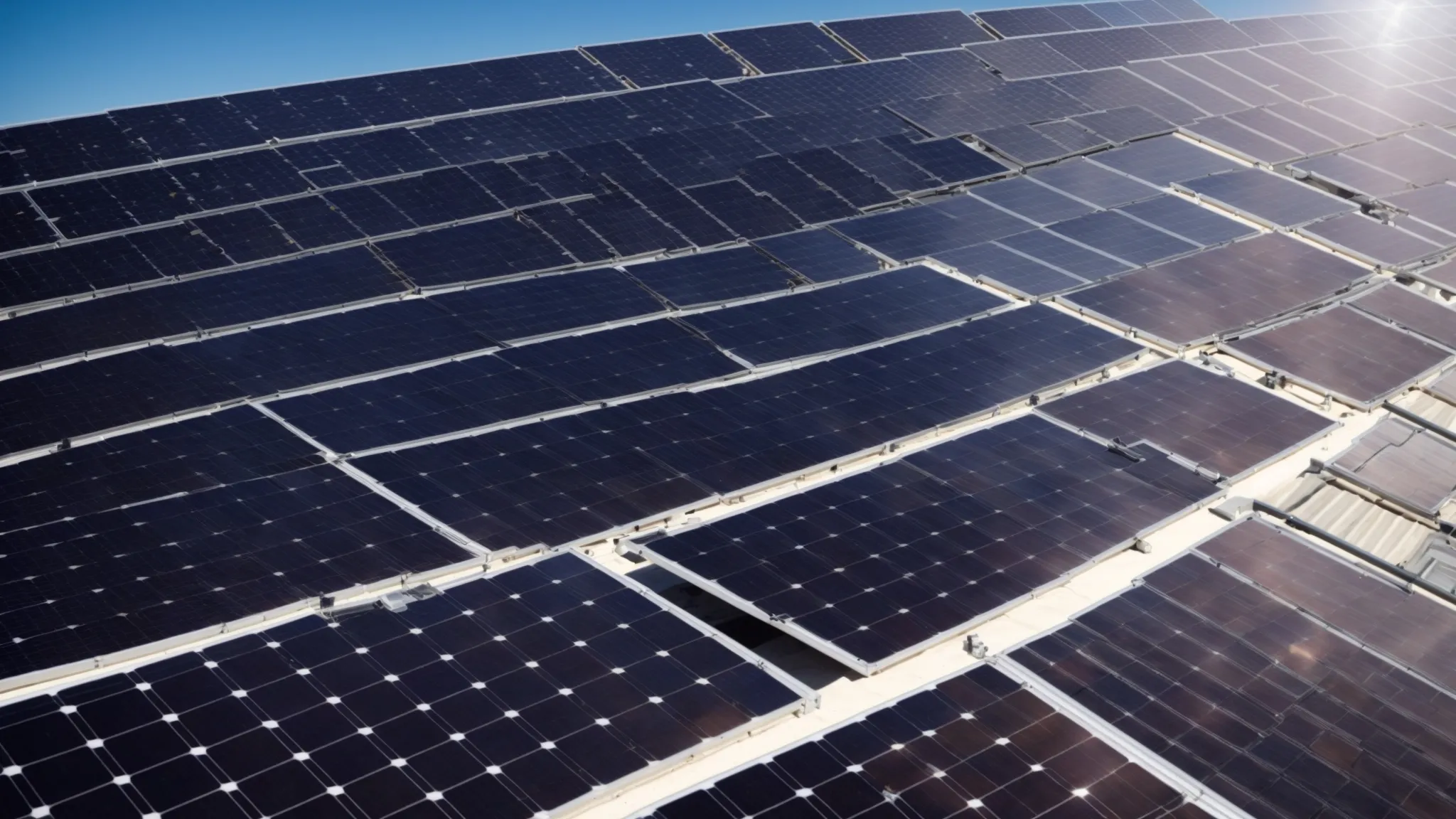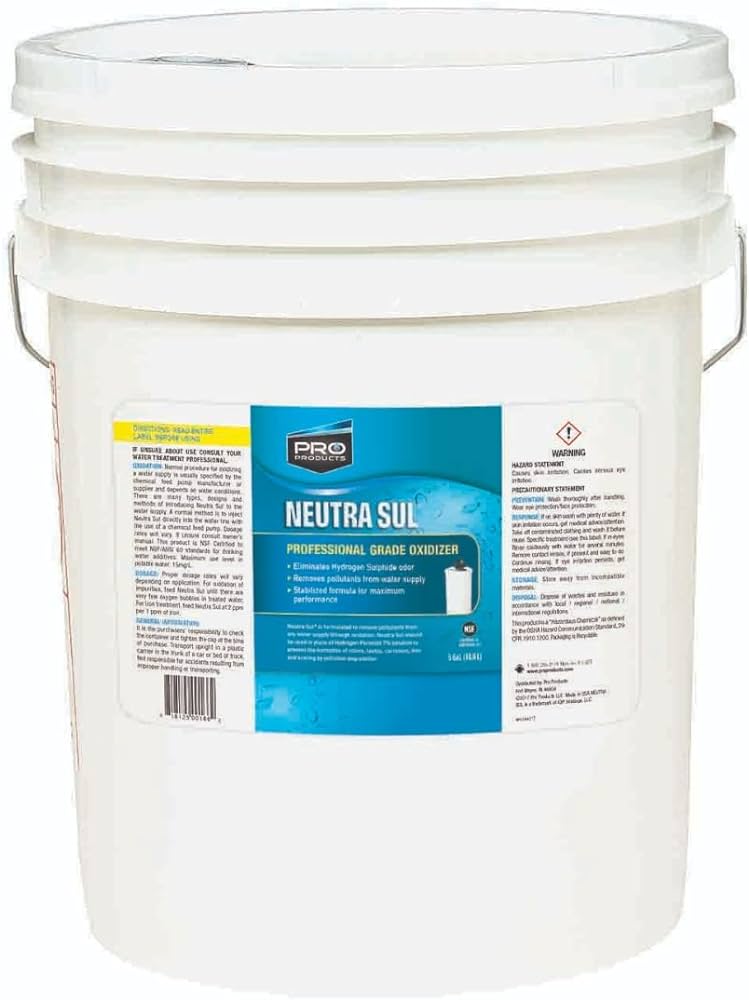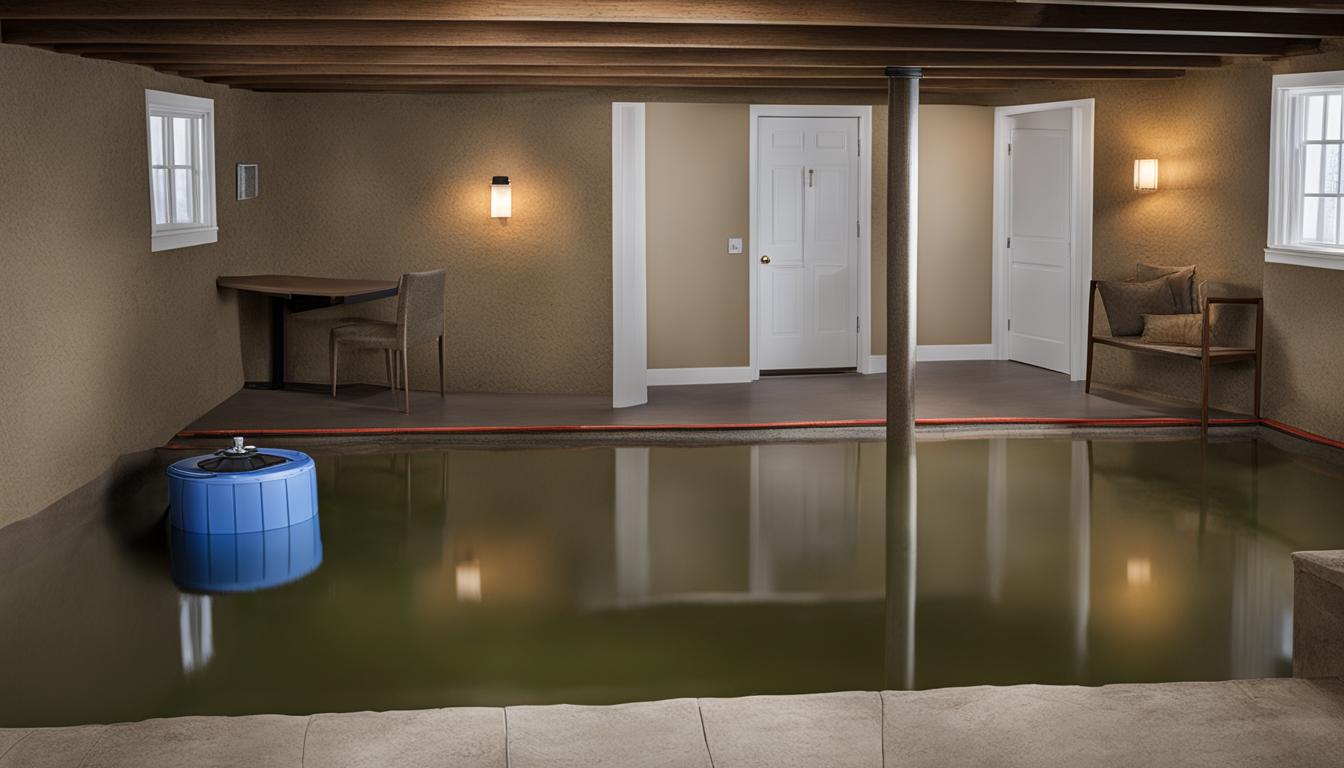Did you know that nearly 50% of homeowners experience clogged drains? If you’re one of them, converting your pressure washer into a sewer jetter can save you time and money. This DIY solution not only clears blockages efficiently but also prevents future build-up. In this guide, we’ll walk you through the simple steps to transform your existing pressure washer into a powerful sewer jetter. From understanding the necessary equipment to mastering the technique, we’ve got you covered. Say goodbye to stubborn clogs and hello to free-flowing drains with this innovative conversion.
Key Takeaways
- Proper understanding: Understand the working principles of sewer jetters and the specific tools required for the conversion process.
- Careful preparation: Ensure you have the necessary tools and equipment, and properly prepare the pressure washer for the conversion.
- Correct attachment: Follow the right steps to attach the jetter hose securely to the pressure washer.
- Nozzle selection: Choose the appropriate nozzle for effective cleaning and attach it correctly to the jetter hose.
- Adjusting settings: Make the necessary adjustments to convert the pressure washer settings for sewer jetting.
- Safe usage: Adhere to safety precautions and tips to ensure safe and efficient operation of your converted sewer jetter.
Understanding Sewer Jetters
Jetting Principles
Sewer jetting involves using high-pressure water to clear blockages in plumbing and sewer lines. The concept revolves around the force of the water effectively breaking down and flushing out debris, sludge, and tree roots that obstruct the pipes. The pressure is crucial for ensuring thorough cleaning and restoring proper flow within the system.
High-pressure water plays a pivotal role in sewer jetting due to its ability to dislodge even the most stubborn clogs. This method is highly effective in removing grease buildup, mineral deposits, and other obstructions that traditional snaking methods might struggle with. By harnessing the immense power of pressurized water, sewer jetting can efficiently tackle various types of blockages.
Pressure Washer Capabilities
Before converting a pressure washer into a sewer jetter, it’s essential to evaluate its power and capacity. A pressure washer with sufficient water pressure (measured in PSI) is essential for an effective conversion. Assessing compatibility is important as not all pressure washers are suitable for conversion into sewer jetters due to differences in design and functionality.
Understanding your pressure washer’s limitations is crucial when considering conversion. Some models may lack the necessary power or components required for efficient operation as a sewer jetter. It’s vital to ensure that your specific pressure washer meets the requirements for successful adaptation into a functional sewer jetter.
Conversion Benefits
Converting a pressure washer into a sewer jetter offers several advantages, including cost-effectiveness compared to purchasing a separate unit dedicated solely to sewer jetting tasks.
Tools and Equipment Needed
Nozzles
When converting a pressure washer into a sewer jetter, the nozzle is crucial. Different types of nozzles are available for sewer jetting, each impacting water flow and pressure differently. For instance, a rotary nozzle provides 360-degree coverage, while a penetrating nozzle focuses on cutting through tough blockages. It’s essential to select the right nozzle based on specific cleaning needs.
For example:
- A pressure washer with a clog in the drain might require a penetrating nozzle.
- In contrast, if you need to clear out softer debris or sludge buildup, a flusher or thrusting nozzle could be more effective.
Hoses
Choosing suitable hoses for the conversion process is vital. They need to be durable and high-pressure resistant while also offering proper length and flexibility for maneuverability during sewer jetting operations. The hoses must withstand the force of water at high pressures without bursting or leaking.
For instance:
- Opting for flexible but sturdy hoses ensures easy navigation through bends in pipes.
- Using hoses with adequate length prevents restrictions during operation inside long pipelines.
Adapters
Understanding the role of adapters in connecting pressure washer components to sewer jetter equipment is crucial. These adapters ensure compatibility between different parts of the system while securing tight and leak-free connections.
For example:
- An adapter might be needed to connect the hose from your pressure washer to the sewer jetter’s inlet.
- Ensuring that these connections are secure helps maintain consistent water flow without any leaks compromising performance.
Preparing the Pressure Washer
Before using the converted sewer jetter, it’s crucial to conduct safety inspections. This involves identifying potential hazards and risks during operation. Check for any leaks, damaged hoses, or loose fittings that could lead to accidents. Ensure that all connections are secure and there are no signs of wear and tear on the equipment.
Make sure to have proper protective measures in place before starting the operation. This includes wearing appropriate personal protective equipment (PPE) such as safety goggles, gloves, and sturdy footwear to protect yourself from high-pressure water spray or debris dislodged during cleaning.
It’s essential to prioritize safety at all times when working with a pressure washer converted into a sewer jetter. By conducting thorough safety checks and being proactive about identifying potential risks, you can significantly reduce the likelihood of accidents or injuries during operation.
Familiarize yourself with the operational controls of the converted sewer jetter before use. Understand how to adjust water pressure settings and control the flow of water through the nozzle effectively.
Test its functionality and performance before actual use by running water through the system without inserting it into a drain line.
Address any operational issues or concerns promptly by troubleshooting any problems that arise during testing.
Attaching the Jetter Hose
Secure Connections
When converting a pressure washer into a sewer jetter, securely connecting the components is crucial. Loose connections can lead to leaks and pressure loss, affecting the effectiveness of the jetter. To ensure secure connections, use appropriate tools such as wrenches or pliers to tighten fittings effectively. This helps prevent any mishaps during operation and ensures that the system functions optimally.
It’s essential to avoid leaks and pressure loss due to loose connections when converting your pressure washer into a sewer jetter. For instance, if there are loose fittings between the hose and nozzle, it can result in water leaking out at those points instead of being directed through the nozzle with sufficient force. By using suitable tools for tightening connections effectively, you can maintain a consistent flow of water through the jetter hose without any wastage or reduction in pressure.
Leak Testing
After completing the conversion process, conducting thorough leak tests is vital before operating your newly converted sewer jetter. This involves pressurizing the system while carefully inspecting all connection points for any signs of leakage. Any identified leaks should be promptly addressed by re-tightening or replacing fittings as needed.
Nozzle Selection and Attachment
Nozzle Types
Sewer jetting involves the use of different nozzle types to effectively clean blockages. For instance, a rotating nozzle can provide thorough cleaning by spinning rapidly to break down tough clogs, while a penetrating nozzle is ideal for removing debris and tree roots. The impact of the nozzle type on cleaning efficiency is significant since each type serves a specific purpose in clearing sewer lines. By understanding these differences, you can select the most suitable nozzle type based on the nature of the blockage you’re dealing with.
When converting a pressure washer into a sewer jetter, it’s crucial to consider how different nozzle types affect performance. For example, if you’re facing grease buildup in pipes, using a flushing or thrusting nozzle might be more effective than others. This knowledge allows you to make an informed decision when selecting the appropriate nozzle for your sewer jetter.
Installation Process
The installation process for attaching a sewer jetter to a pressure washer involves several important steps. First, ensure that all components are aligned properly before connecting them together. A step-by-step guide detailing this process helps users avoid any errors during installation.
Checking for any potential issues or errors after completing the installation is equally essential. This includes inspecting connections for leaks or loose fittings that could compromise performance during operation. Ensuring proper alignment and connection of components guarantees that your converted pressure washer operates efficiently as a sewer jetter.
Converting Pressure Washer Settings
Adjusting the pressure settings is crucial when converting a pressure washer into a sewer jetter. It’s essential to understand how different pressure levels impact the effectiveness of sewer jetting. For instance, higher pressures are suitable for removing tough blockages like tree roots, while lower pressures are ideal for clearing softer obstructions such as grease buildup.
Maintaining safe pressure levels during operation is vital for both the equipment and safety reasons. Excessive pressure can damage plumbing systems or cause injury, so it’s important to ensure that the pressure remains within safe limits at all times. Understanding the specific requirements of each cleaning task will help determine the optimal pressure level required.
Optimizing flow rate settings plays a significant role in ensuring efficient cleaning when using a converted pressure washer as a sewer jetter. By balancing water consumption with cleaning effectiveness, users can achieve thorough and cost-effective results. For example, adjusting flow rates based on specific cleaning requirements allows for tailored solutions to various types of blockages.
When considering flow rate adjustments, it’s important to strike a balance between conserving water and achieving effective cleaning outcomes. Different types of blockages may require varying flow rates for optimal removal without unnecessary wastage of resources.
Using Your Converted Sewer Jetter
Operating Techniques
When using your converted sewer jetter, it’s crucial to master proper techniques for maneuvering the equipment. This involves understanding how to effectively position and move during cleaning operations. By skillfully operating the sewer jetter, you can maximize cleaning results.
For instance, when tackling a stubborn blockage in a sewer line, positioning the jetter at the right angle is essential for optimal impact on the obstruction. Learning how to navigate bends and corners in the pipe system ensures thorough cleaning along its entire length.
Effective Cleaning
With your converted sewer jetter, achieving thorough and efficient cleaning becomes possible. It’s essential to address various types of blockages effectively, such as grease buildup or tree root intrusions. By adjusting water pressure and nozzle configurations, you can tailor your approach based on the specific type of obstruction.
Moreover, ensuring complete removal of debris and obstructions is key to preventing recurring clogs in the sewer system. Properly utilizing the converted sewer jetter allows for powerful flushing action that dislodges accumulated debris and clears out any remaining residue.
Maintenance and Troubleshooting
Routine Care
To ensure the converted pressure washer into a sewer jetter functions optimally, regular maintenance is crucial. After each use, it’s essential to clean and inspect all components thoroughly. This practice helps in identifying any potential issues early on, preventing major problems down the line. By implementing routine care, you can significantly extend the lifespan of your equipment.
After using the sewer jetter, start by flushing out any debris or residue from the system. Then carefully examine the hoses, nozzles, and other parts for signs of wear or damage. Lubricate moving parts as needed to keep them functioning smoothly.
Regularly inspecting and cleaning your converted sewer jetter will not only maintain its performance but also prevent costly repairs in the future.
Common Issues
When operating a converted pressure washer as a sewer jetter, several common issues may arise during usage. These include nozzle clogging due to debris buildup or hose blockages caused by tree roots or sludge accumulation within pipes. To address these challenges effectively, troubleshooting techniques are essential.
In case of nozzle clogging, consider using a nozzle cleaning tool to dislodge any obstructions. For more stubborn blockages such as those caused by tree roots or sludge buildup within pipes, specialized solutions like root-cutting nozzles or high-pressure flushing may be required.
Safety Precautions and Tips
Protective Gear
When converting a pressure washer into a sewer jetter, protective gear is essential. This includes wearing appropriate safety equipment such as goggles or face shields to shield your eyes from potential debris or splashback. Using waterproof gloves can protect your hands from the high-pressure water and any sharp objects within the sewer lines.
It’s crucial to wear sturdy, non-slip footwear to prevent slips and falls while operating the converted sewer jetter. Furthermore, consider wearing ear protection if the equipment generates loud noise during operation to safeguard your hearing. By donning the necessary protective gear, you minimize the risk of injuries and ensure a safer working environment throughout the process.
Risk Prevention
To prevent accidents or injuries when using a converted sewer jetter, it’s vital to implement safety protocols. Before starting work, thoroughly inspect all components of both the pressure washer and newly attached sewer jetting equipment to ensure they are in proper working condition. Clearing the area of any obstructions or tripping hazards can further reduce risks during operation.
Moreover, always follow manufacturer guidelines for both the pressure washer and additional attachments when converting it into a sewer jetter. Implementing these strategies will help minimize risks associated with high-pressure water usage while ensuring that you maintain a safe working environment throughout each operation.
Final Remarks
Congratulations! You’ve now learned how to convert a pressure washer into a powerful sewer jetter. By understanding the equipment needed, preparing the pressure washer, attaching the jetter hose, selecting the right nozzle, and making the necessary adjustments, you’re now ready to tackle those tough sewer cleaning jobs with ease. Remember to prioritize safety, perform regular maintenance, and troubleshoot any issues that may arise to ensure the longevity of your converted sewer jetter.
Now it’s time to put your newfound knowledge into action. Grab your pressure washer, gather the necessary tools and equipment, and get ready to transform it into a high-performing sewer jetter. With these steps and precautions in mind, you’ll be able to efficiently clean out clogged drains and sewers, saving both time and money. Get out there and make those pipes flow freely once again!
Frequently Asked Questions
How difficult is it to convert a pressure washer into a sewer jetter?
Converting a pressure washer into a sewer jetter is moderately challenging. It requires understanding the equipment, proper tool usage, and following safety precautions. With patience and attention to detail, you can successfully transform your pressure washer for this purpose.
What are the essential tools needed for converting a pressure washer into a sewer jetter?
You will need specific tools such as jetting nozzles, hose fittings, safety goggles, gloves, and possibly an adapter kit. These tools are crucial in ensuring that the conversion process is carried out safely and effectively.
Can any pressure washer be converted into a sewer jetter?
Not every pressure washer can be easily converted. High-pressure washers with suitable flow rates are ideal for conversion. Ensure that your particular model has compatible features before attempting to convert it.
Is it necessary to adjust the settings of the pressure washer after converting it into a sewer jetter?
Yes, adjusting the settings of your pressure washer after conversion is crucial for optimal performance. This includes regulating water flow rate and adjusting nozzle selection based on the specific requirements of sewer jetting.
Are there any maintenance tips specifically for maintaining a converted sewer jetter?
Regularly inspecting hoses and nozzles for damage or clogging is important to maintain the efficiency of your converted sewer jetter. Flushing out debris from hoses after each use can help prevent blockages and prolong its lifespan.




